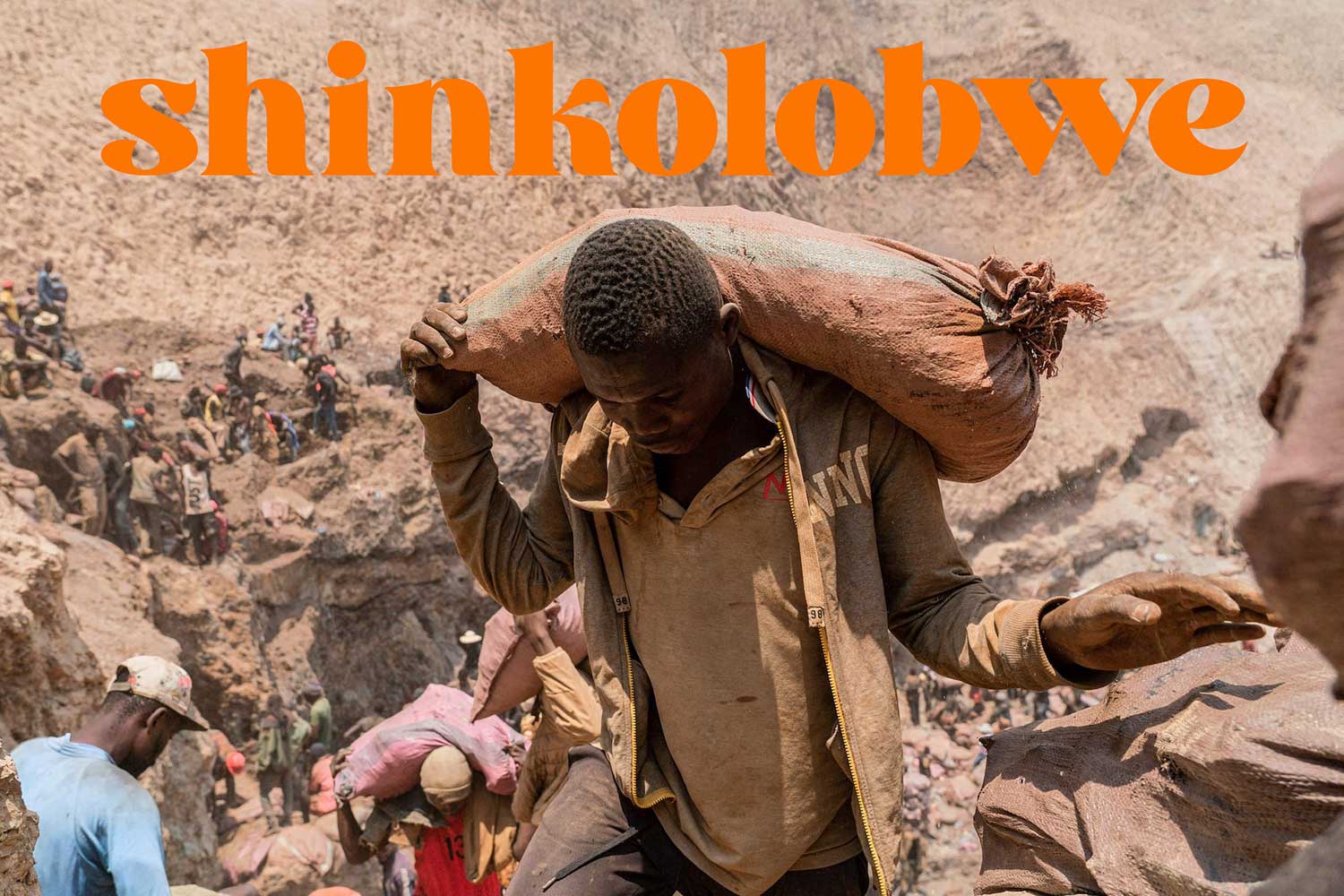I’m pleased to share the publication of an article that I wrote for the New Republic magazine, which you can read here. This piece covers some of the experience that I had while in Congo earlier this year, searching for the presence of the Shinkolobwe mine in contemporary Congolese life and history. Shinkolobwe produced the uranium that made the atomic bomb possible, and the deliriously intense concentration of that ore drove a scramble for its control by economic forces alien to the nation. This has been happening to Congo for centuries now, and the contemporary rush to extract the cobalt found in the minerally complex soils of Katanga province mirrors what happened in Shinkolobwe from 1943-1960. People are still digging the most desired rocks on earth out of the ground with their bare hands; they are still getting sick and dying from the toxic qualities of the ores, and they are still paid almost nothing for work that makes the entire world economy go round.
